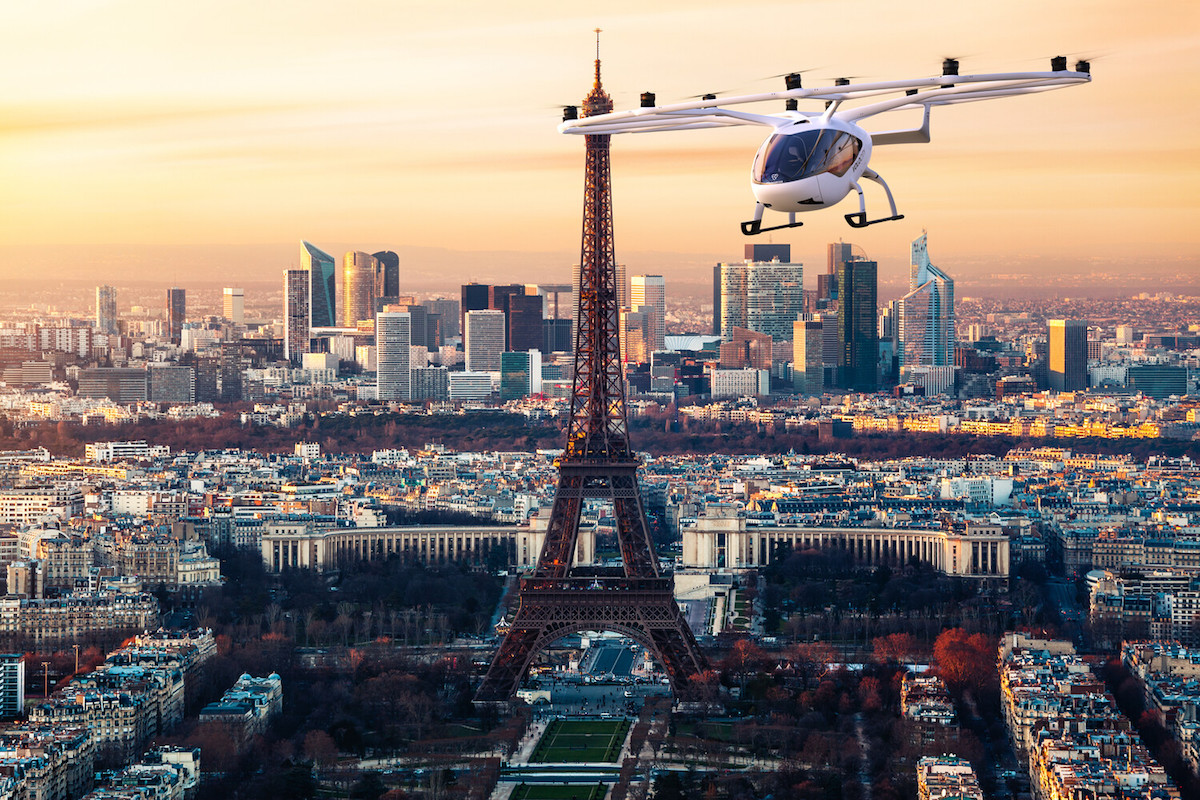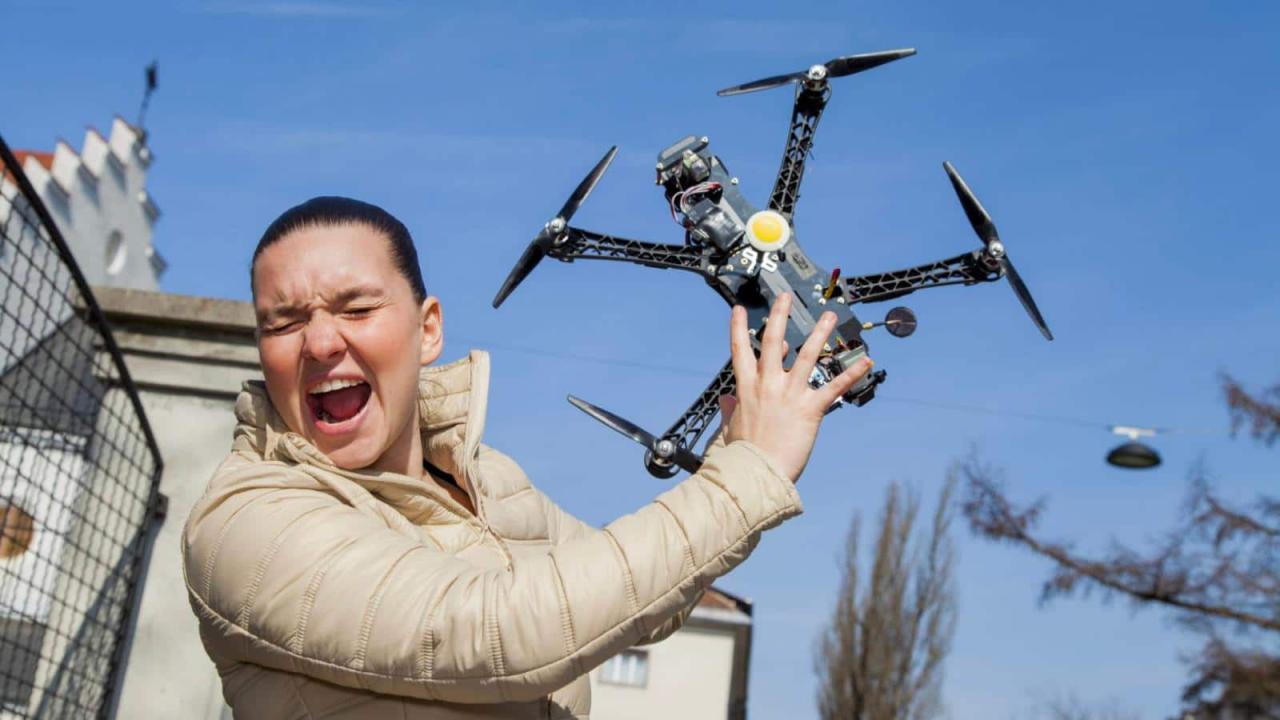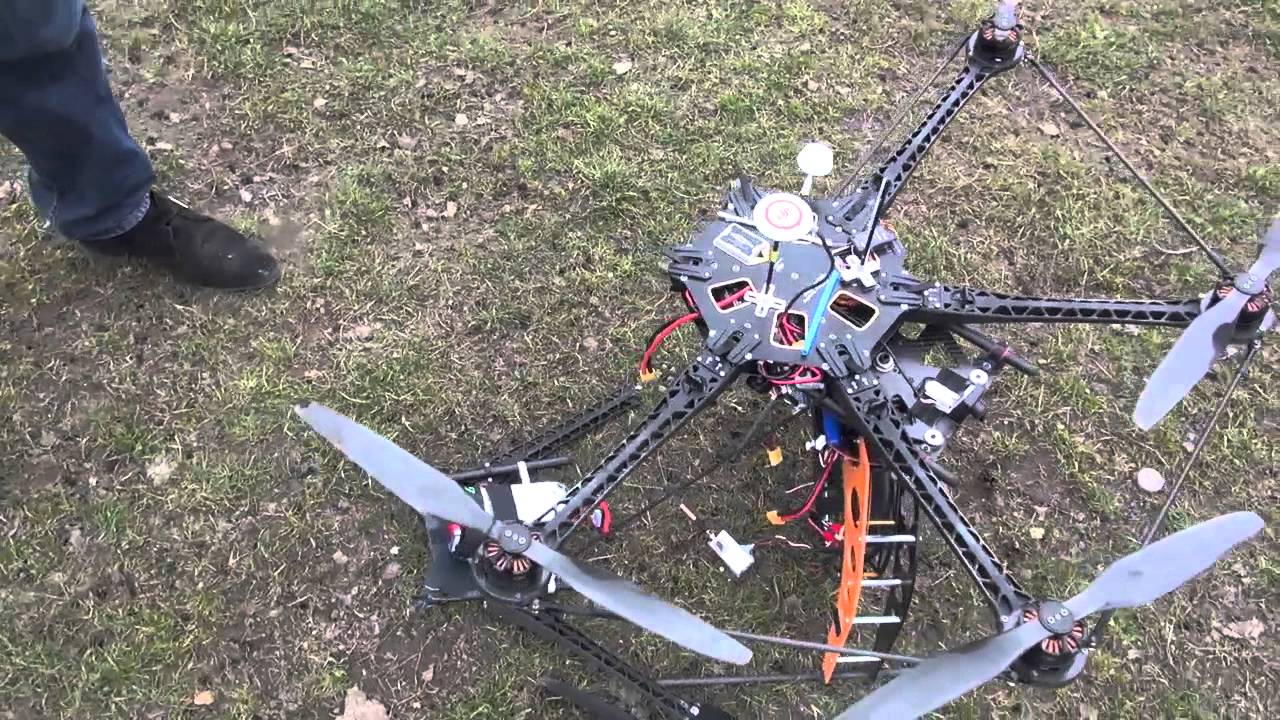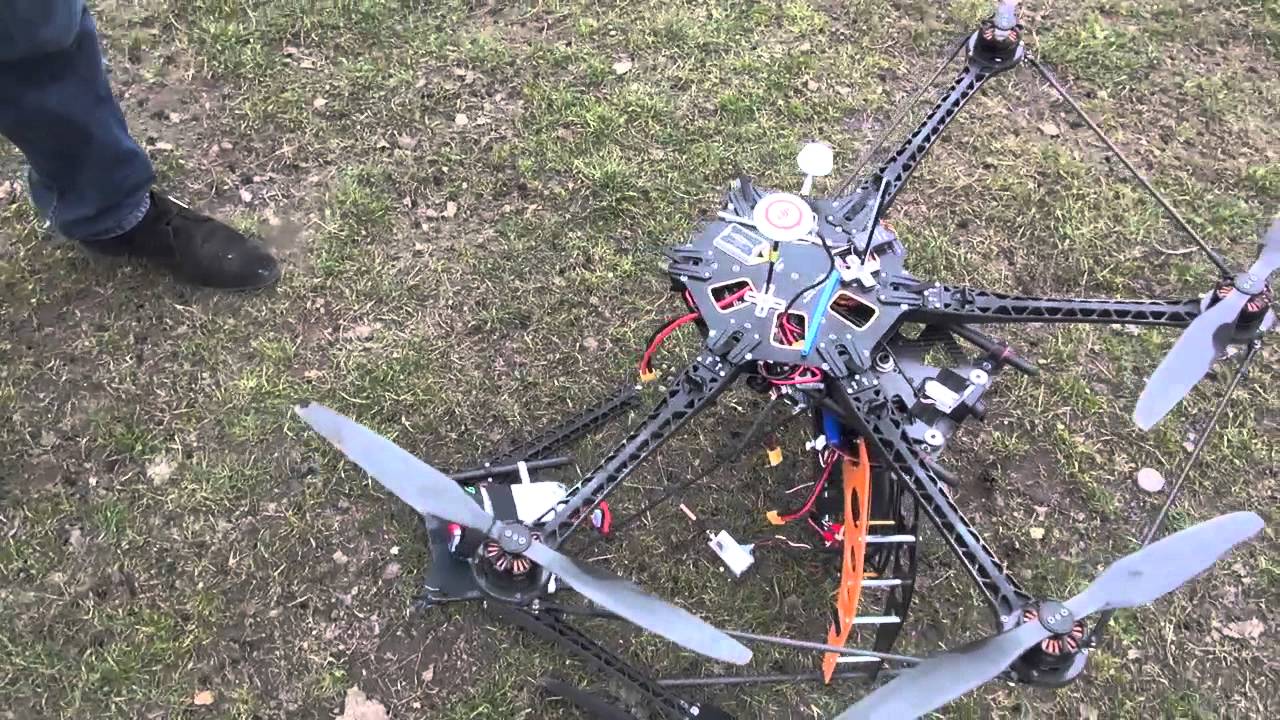Drone Crash Paris: Imagine the scene – a buzzing drone suddenly falling from the sky above the iconic city of lights. This isn’t just a technological malfunction; it’s a story involving potential human error, regulatory oversight, and the evolving relationship between technology and urban life. We’ll explore the specifics of this incident, from the drone’s specifications and the potential causes of the crash to its impact on the city and the broader implications for drone safety regulations.
That whole drone crash in Paris got everyone talking about safety regulations, right? It makes you think about how much planning goes into a really big drone show, like the amazing one they had in Florida – check out the details here: florida drone show. Seeing those flawless formations makes you appreciate the tech, but also highlights how important safety is after the Paris incident.
Hopefully, future shows will learn from any mistakes made.
This investigation will delve into the details surrounding the Paris drone crash, analyzing potential technical failures, human error, and external factors. We’ll also examine the aftermath, including regulatory responses and the public’s reaction to this event. Think about the ripple effect – how does a single drone crash affect everything from local traffic to international drone safety standards?
Drone Crash in Paris: A Detailed Analysis
This article delves into the details of a recent drone crash in Paris, exploring the incident’s circumstances, potential causes, impact, regulatory aspects, and public perception. We aim to provide a comprehensive understanding of this event and its implications for drone safety and regulation.
Incident Details: Drone Crash in Paris
A drone crash occurred in Paris on [Insert Date], at approximately [Insert Time]. The incident took place near [Insert Specific Location, e.g., the Eiffel Tower, a specific street address]. Initial reports suggested [Insert Initial Reports of Damage or Injuries, e.g., minor property damage, no injuries]. The drone involved was a [Insert Drone Model], a [Insert Size Description, e.g., medium-sized] drone weighing approximately [Insert Weight] kilograms.
It possessed capabilities such as [Insert Capabilities, e.g., high-resolution photography, GPS navigation]. Its intended purpose was reportedly [Insert Intended Purpose, e.g., aerial photography for a real estate company]. A timeline of events leading to the crash might include [Insert Timeline, e.g., drone launched at X time, unusual flight behavior observed at Y time, crash at Z time]. Post-crash, authorities [Insert Post-Crash Actions, e.g., secured the crash site, initiated an investigation].
Potential Causes of the Crash

Several factors could have contributed to the drone crash. Technical malfunctions, such as battery failure, motor malfunction, GPS signal loss, or software glitches, are possibilities. Human error, including pilot error (inexperience, lack of training, poor judgment), improper maintenance, or unauthorized operation, also warrant investigation. External factors, like adverse weather conditions (strong winds, rain), interference from other electronic devices, or bird strikes, cannot be ruled out.
Weighing the likelihood of each cause requires a thorough investigation, analyzing flight data, drone components, and witness testimonies. For instance, a similar incident in New York involved a GPS malfunction leading to an uncontrolled descent. Another case in London highlighted the role of strong winds in causing a drone to lose control.
Impact and Consequences

The immediate impact of the crash included [Insert Immediate Impact, e.g., disruption to pedestrian traffic, temporary closure of a nearby park]. Longer-term consequences could involve stricter drone regulations, increased insurance premiums for drone operators, and a potential shift in public perception of drone technology. Similar incidents in other cities, such as [Insert Examples of Similar Incidents], have resulted in [Insert Consequences of Those Incidents, e.g., revised flight restrictions, public awareness campaigns].
| Category | Financial Cost | Environmental Damage | Public Safety Concerns |
|---|---|---|---|
| Immediate Impact | [Estimate] | [Estimate] | [Estimate, e.g., minor disruption] |
| Long-Term Impact | [Estimate, e.g., increased insurance costs] | [Estimate, e.g., minimal] | [Estimate, e.g., potential for stricter regulations] |
Regulatory and Safety Aspects, Drone crash paris

Drone operation in Paris and France is governed by [Insert Relevant Regulations]. Whether these regulations were adhered to in this specific case is subject to the ongoing investigation. Potential improvements to drone safety regulations could include [Insert Potential Improvements, e.g., mandatory drone registration, stricter pilot licensing requirements, enhanced GPS monitoring systems].
Obtaining a drone operating permit in Paris involves a process that can be illustrated by the following flowchart (Note: This is a simplified representation and may not reflect the full complexity of the process):
Public Perception and Media Coverage
Media coverage of the drone crash varied in tone and focus, with some outlets emphasizing the potential dangers of drone technology, while others highlighted the incident as an isolated event. Public reaction, as observed on social media, included [Insert Public Reaction, e.g., expressions of concern, debates on drone regulation]. The incident may influence public perception of drone technology by [Insert Influence on Public Perception, e.g., increasing awareness of safety concerns, reinforcing the need for better regulation].
- Increased calls for stricter drone regulations.
- Concerns about potential risks to public safety.
- Discussions on the need for better pilot training and certification.
- Debate on the balance between technological innovation and safety concerns.
Illustrative Example: Visual Representation of the Crash Site
The drone crashed in [Describe the immediate environment, e.g., a relatively quiet residential area with low-rise buildings and small gardens]. The immediate vicinity included [Describe surrounding structures, e.g., a row of three-story buildings, a small park with mature trees, a busy street with moderate traffic]. The drone itself landed [Describe the position and condition of the drone, e.g., in a small flowerbed, with visible damage to its propellers and casing].
Heard about that drone crash in Paris? Crazy stuff, right? Makes you think about drone safety and the tech involved. Choosing a reliable brand like those from sky elements drones might help avoid such incidents, as they prioritize quality components and safety features. Hopefully, future drone operations in Paris will be smoother and safer.
There was [Describe any damage to the surroundings, e.g., minor damage to a nearby fence]. The overall impression is one of [Describe the overall mood of the scene, e.g., a relatively contained incident with limited impact on the wider area].
Last Recap
The Paris drone crash serves as a stark reminder of the potential risks associated with increasingly prevalent drone technology. While drones offer numerous benefits, their safe integration into urban environments requires careful consideration of both technological and regulatory aspects. This incident highlights the need for stricter safety protocols, improved pilot training, and ongoing public education to prevent similar occurrences in the future.
The long-term consequences extend beyond immediate damage, impacting public perception, insurance costs, and the overall regulatory landscape surrounding drone operations in Paris and beyond.
FAQ Resource: Drone Crash Paris
What type of damage was caused by the drone crash?
The extent of damage depends on the specifics of the crash. It could range from minor property damage (e.g., broken windows) to significant structural damage, injuries, or even fatalities, depending on the size and weight of the drone, its speed, and where it landed.
Who is responsible for investigating drone crashes in Paris?
Hey, so you heard about that drone crash in Paris? It’s a pretty big deal, especially considering the sensitive airspace. For the full story and details on the incident, check out this article: drone crash paris. Learning from these events is crucial for improving drone safety regulations and preventing future incidents like the drone crash in Paris.
Responsibility likely falls under the jurisdiction of French aviation authorities, potentially in collaboration with local law enforcement depending on the circumstances of the crash and any resulting damage or injuries.
What is the likelihood of another similar incident occurring?
The likelihood depends on several factors, including improvements in drone technology, stricter regulations, and better pilot training. Addressing the underlying causes of this particular incident is crucial to reducing future risks.
